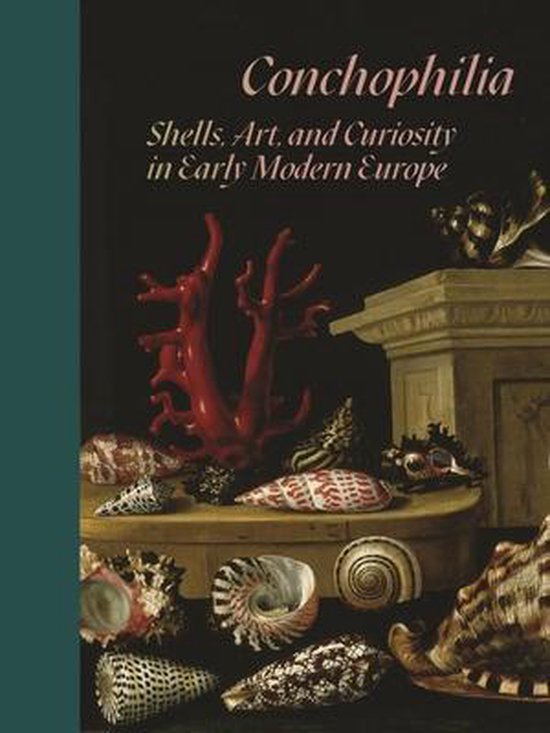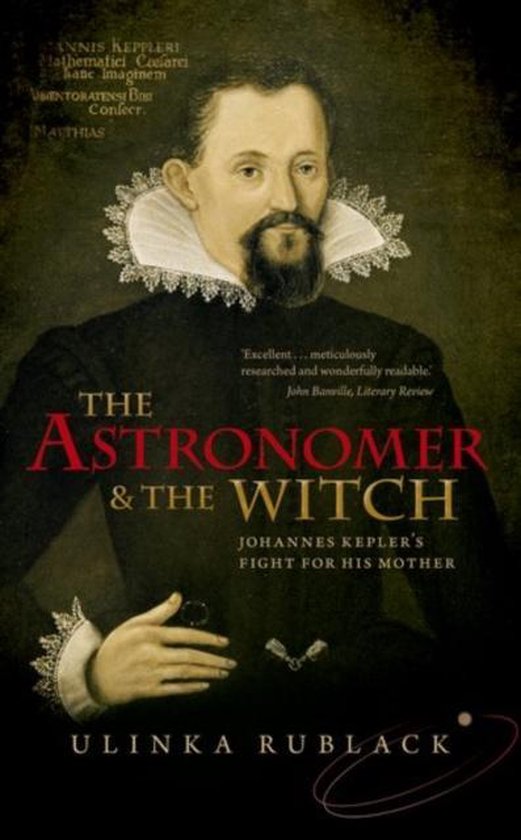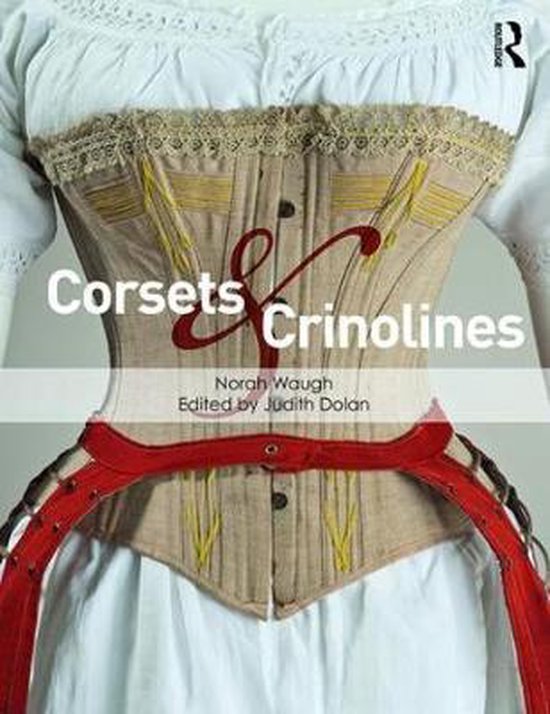
Dressing Up
Uses an astonishing array of sources to imagine the Renaissance afresh by considering people´ s appearances: what they wore, how this made them move, what images they created, and how all this made people feel about themselves.
Dressing Up shows why clothes made history and history can be about clothes. It imagines the Renaissance afresh by considering people´ s appearances: what they wore, how this made them move, what images they created, and how all this made people feel about themselves. Using an astonishing array of sources, Ulinka Rublack argues that an appreciation of people´ s relationship to appearances and images is essential to an understanding of what it meant to live at this time - and ever since. We read about the head accountant of a sixteenth-century merchant firm who commissioned 136 images of himself elaborately dressed across a lifetime; students arguing with their mother about which clothes they could have; or Nuremberg women wearing false braids dyed red or green. This brilliantly illustrated book draws on a range of insights across the disciplines and allows us to see an entire period in new ways. In integrating its findings into larger arguments about consumption, visual culture, the Reformation, German history, and the relationship of European and global history, it promises to re-shape the field.
Dressing Up shows why clothes made history and history can be about clothes. It imagines the Renaissance afresh by considering people´ s appearances: what they wore, how this made them move, what images they created, and how all this made people feel about themselves. Using an astonishing array of sources, Ulinka Rublack argues that an appreciation of people´ s relationship to appearances and images is essential to an understanding of what it meant to live at this time - and ever since. We read about the head accountant of a sixteenth-century merchant firm who commissioned 136 images of himself elaborately dressed across a lifetime; students arguing with their mother about which clothes they could have; or Nuremberg women wearing false braids dyed red or green. This brilliantly illustrated book draws on a range of insights across the disciplines and allows us to see an entire period in new ways. In integrating its findings into larger arguments about consumption, visual culture, the Reformation, German history, and the relationship of European and global history, it promises to re-shape the field.
| Auteur | | Ulinka Rublack |
| Taal | | Engels |
| Type | | Paperback |
| Categorie | | Kunst & Fotografie |





